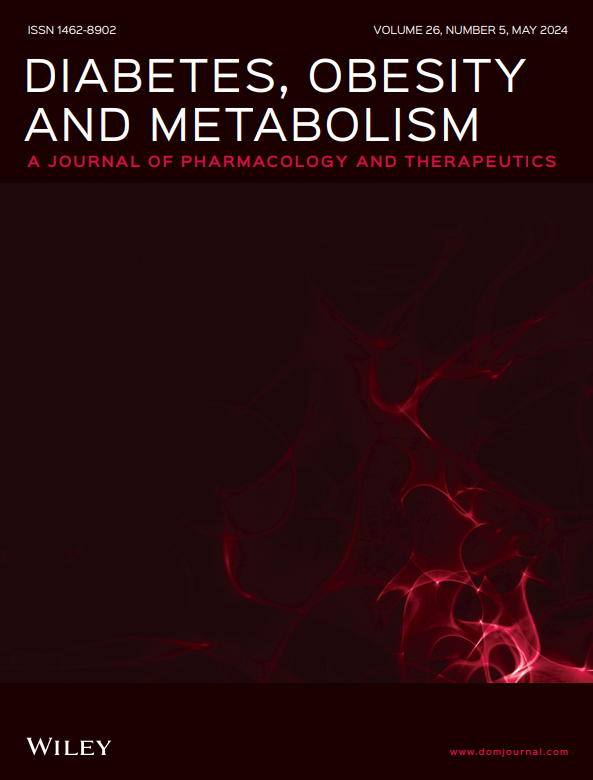Comparative efficacy and safety of pharmacologic therapies for metabolic dysfunction-associated steatotic liver disease over 24 weeks in reducing liver steatosis and fibrosis: A network meta-analysis
Abstract
Aims
Metabolic-associated steatotic liver disease (MASLD) is a prevalent chronic liver condition associated with significant morbidity and mortality. Effective pharmacological interventions targeting liver steatosis and fibrosis are essential to improving patient outcomes. This study aims to systematically compare the efficacy and safety of various pharmacologic therapies for MASLD over 24 weeks using a comprehensive network meta-analysis.
Materials and Methods
A systematic review and network meta-analysis were conducted on randomized controlled trials (RCTs) evaluating pharmacologic treatments for MASLD. The primary outcomes were changes in liver steatosis (measured by magnetic resonance imaging proton density fat fraction) and fibrosis (measured by magnetic resonance elastography-derived liver stiffness measurement), with safety assessed through adverse events. A Bayesian framework was employed to integrate and compare data across treatments, generating rankings for efficacy and safety.
Results
A systematic search was conducted across databases, identifying 23 RCTs from 10 144 initial records. For steatosis reduction, resmetirom showed the most significant improvement (mean difference: −3.86, 95% confidence interval [CI]: −7.33 to −0.39) compared with placebo. In terms of fibrosis improvement, pegozafermin demonstrated the greatest effect (−4.85, 95% CI: −5.50 to −4.19). Most treatments showed acceptable safety profiles, with efruxifermin showing slightly higher adverse events (0.32, 95% CI: 0.06–0.70) compared with placebo.
Conclusions
This comprehensive network meta-analysis demonstrates the varying efficacy of pharmacologic interventions for MASLD, with resmetirom and pegozafermin emerging as particularly promising treatments for steatosis and fibrosis, respectively. While most treatments exhibited favourable safety profiles, careful monitoring is warranted, particularly with efruxifermin due to its slightly elevated adverse event profile. These findings provide valuable evidence to guide clinical decision-making in MASLD management, though longer-term studies are needed to confirm the durability of these therapeutic effects and further establish safety profiles.


 求助内容:
求助内容: 应助结果提醒方式:
应助结果提醒方式:


